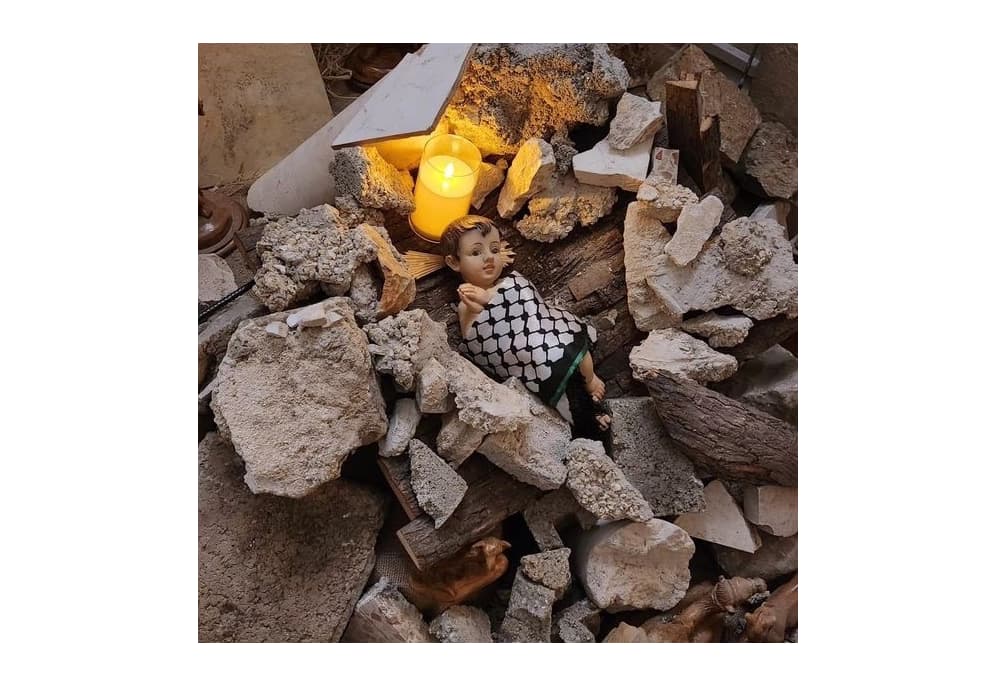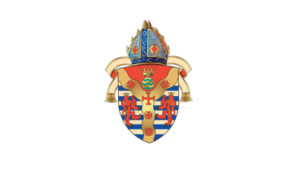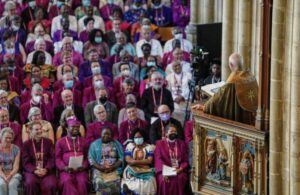I have been very struck by this unusual Christmas crib this year. It was assembled at the Lutheran Church in Bethlehem. Bethlehem is a largely Palestinian town situated in the occupied West Bank, and the crib is referencing the situation faced by fellow Palestinians in Gaza. The Pastor at the church writes: “In Gaza today, God is under the rubble. If Christ were to be born today, he would be born under the rubble. We see his image in every child killed and pulled from under the rubble.” I am reminded by this picture of how sanitised our Christmas cribs often appear. The original Christmas accounts in Matthew’s and Luke’s gospels are far from the sentimental representations we sometimes adopt.
But there have always been attempts to draw us back to those accounts and to attempt to relate them to present experience in our society. Some concentrate on the line in Luke (2:7) that there was no room at the inn, and so focus on today’s homeless and more widely on those who are excluded today from facilities that we might consider to be a human right, and necessities for human dignity. There are many people in our society for whom there is still no room at the inn: the poor who cannot afford it, those who are excluded because of their disabilities, and those whom we simply regard as too ‘other’ to be worth considering for a place at the inn. The implication is that most of us who attend churches are effectively the innkeepers, or perhaps the other guests who do not want our privilege disturbed. A carol written in the 1960s by Sydney Carter (who also wrote When I needed a Neighbour, and Lord of the Dance), No Use Knocking on the Window, was so savage in its accusation that it has been excluded from most modern hymnbooks.
No use knocking on the window/some are lucky some are not sir/We are Christian men and women/but we’re keeping what we’ve got sir.
Jesus Christ has gone to heaven/one day he’ll be coming back sir/in this house he will be welcome/but we hope he won’t be black sir.
Others concentrate on the squalor of giving birth in a stable amongst the straw and the manure and reflect on the irony that God chose to be present in our world in this way. Carols speak of a birth ‘away in a manger, with no crib for a bed’ or ‘in lowly cattle shed’. So often when we hear these sung by small children or accomplished choirs in College Chapels, we fail to be struck by the enormity of what they describe. The Welsh hymn sung at the traditional dawn service on Christmas morning O deued pob Cristion I Fethlem yr awrhon (Let every Christian now come to Bethlehem) goes out of its way to describe the ‘coldness’ of the event. Heb le yn y llety, heb aelwyd heb wely, Nadolig fel hynny gadd hwn. (With no place at the inn, without a hearth and without a bed – that was the sort of Christmas birth he had). Hearth, in Welsh culture, summons up so much more than ‘fireplace’. It describes the warm focus of family life, the place of friendly gathering, a place of belonging, the area around which a home is built. Indeed the expression ‘hearth and home’ is sometimes heard in English as well.
The Bethlehem Lutheran crib introduces a further element: the incredible contrasts that it suggests. We see the gentleness and vulnerability of a small child surrounded by violence and destruction. We imagine the great joy of bringing new life into the world contrasted with the danger that a small vulnerable child faces in the midst of a war zone. We see the world of adults contrasted with the simple and innocent world of children.
Matthew’s account references these kinds of ironies and contrasts in two ways: one intentional and one less so. The intentional one is the story of Herod who decrees that all children in Bethlehem should be killed lest anyone grow to be a threat to his power. The more inadvertent one is the reference back to Isaiah 7:14, “A virgin shall conceive and bear a son, and he shall be called Emmanuel which means God is with us,” (1:23). Matthew’s chief concern is with the status of the mother, who in the Greek version of the Old Testament that he quotes is described as a virgin. In the original Hebrew it would be truer to describe her simply as a young woman but that is not the point for Isaiah in any case. He is writing for people under siege in Jerusalem from foreign armies. There is little food, and disease is rife, people are dying and everything looks hopeless. The prophet’s message is one of encouragement. He points to a new birth in the city and says this is evidence that God is present with his people, and so they should have hope. That bears an uncanny resemblance to the situation in Gaza.
We are used to the events of Holy Week being given contemporary reference. Bishop Timothy Rees’s famous hymn, O Crucified Redeemer, is a good example.
Wherever love is outraged/wherever hope is killed/where man still wrongs his brother man/thy Passion is fulfilled. /We see thy tortured body/we see the wounds that bleed/where brotherhood hangs crucified/nailed to the cross of greed.
The Iona Community founder George Macleod is often quoted in similar vein.
“I simply argue that the cross be raised again at the centre of the marketplace as well as on the steeple of the church. I am recovering the claim that Jesus was not crucified in a cathedral between two candles, but on a cross between two thieves; on the town garbage heap; at a crossroad so cosmopolitan that they had to write His title in Hebrew and in Latin and in Greek; at the kind of place where cynics talk smut, and thieves curse, and soldiers gamble. Because that is where He died. And that is what He died about.”
The Gaza crib reminds us that Jesus was not born in a church Christmas crib, but was born to helpless parents, in squalor and danger, to a world that from the outset was hostile and that forced him and his family to be refugees; and that offered little prospect of worthwhile life. Yet he was recognised by ordinary folk, tending their sheep as well as by astrologers who saw his destiny in the stars. And he changed our world. And the Gospel writer, Matthew, wrote to convince us, even us, that God is still with us, is still our source of hope and life, is still the standard by which we judge the affairs of humankind, and is with us till the end of time.
John Holdsworth, Canon Theologian
Photo credit: Munther Isaac



